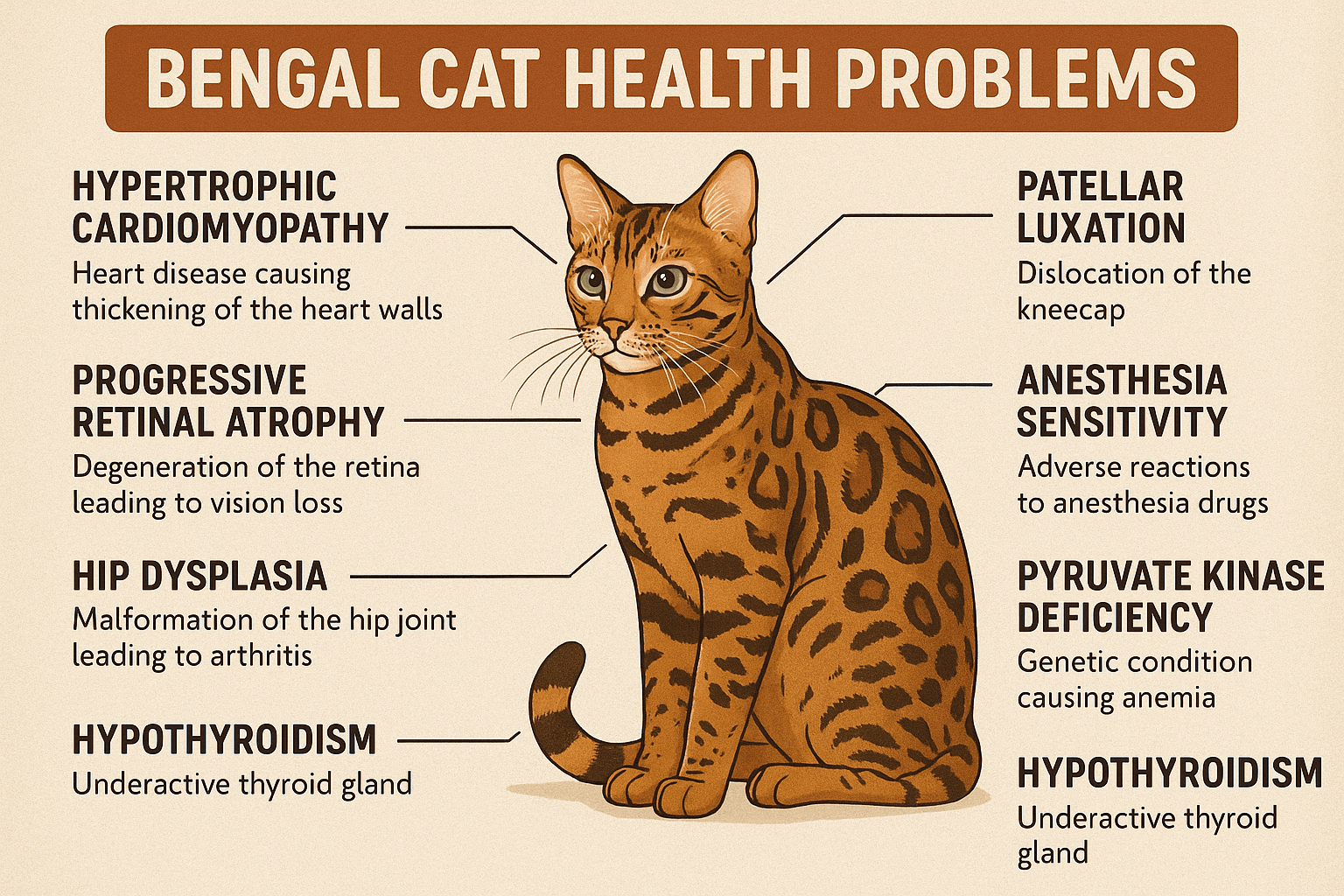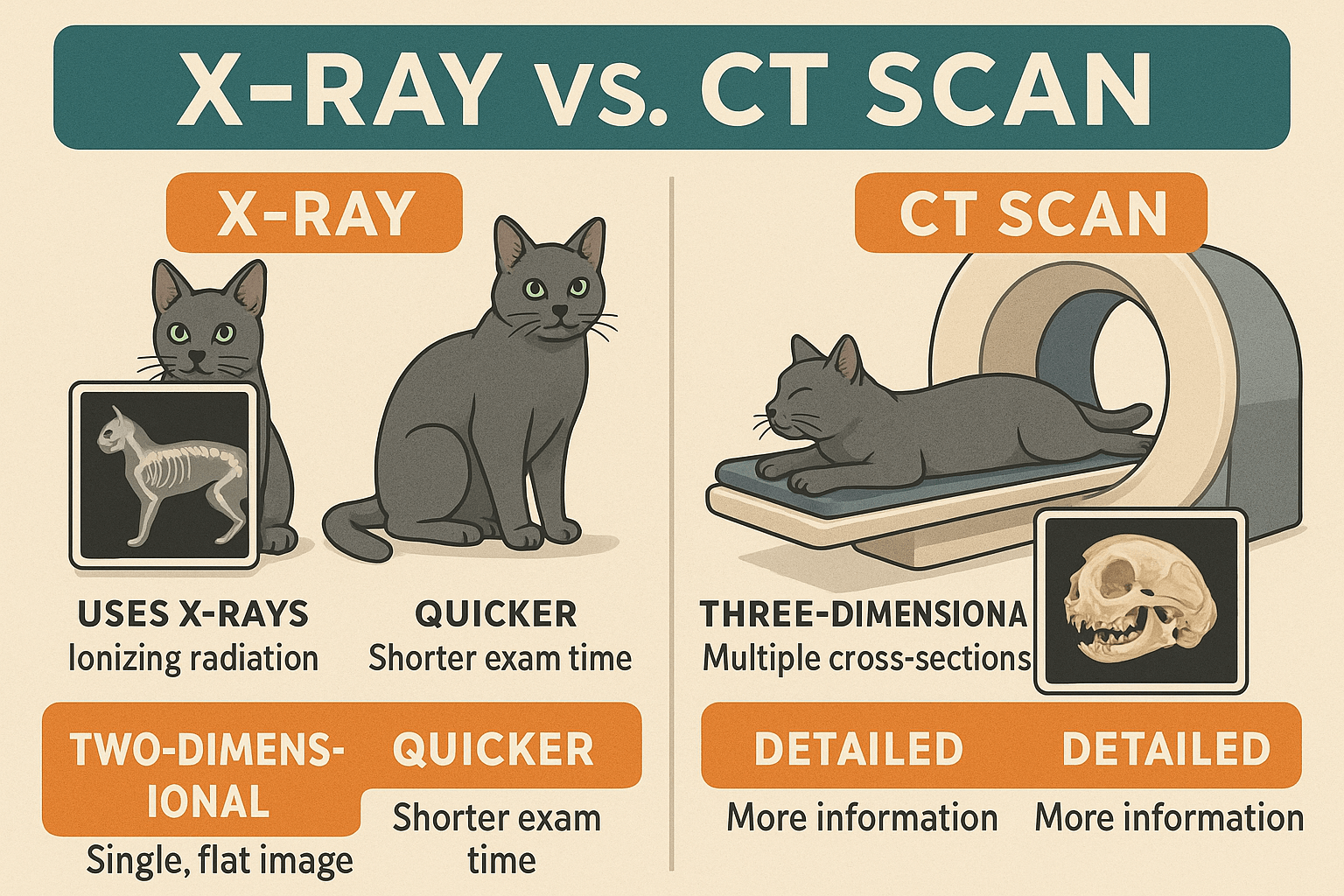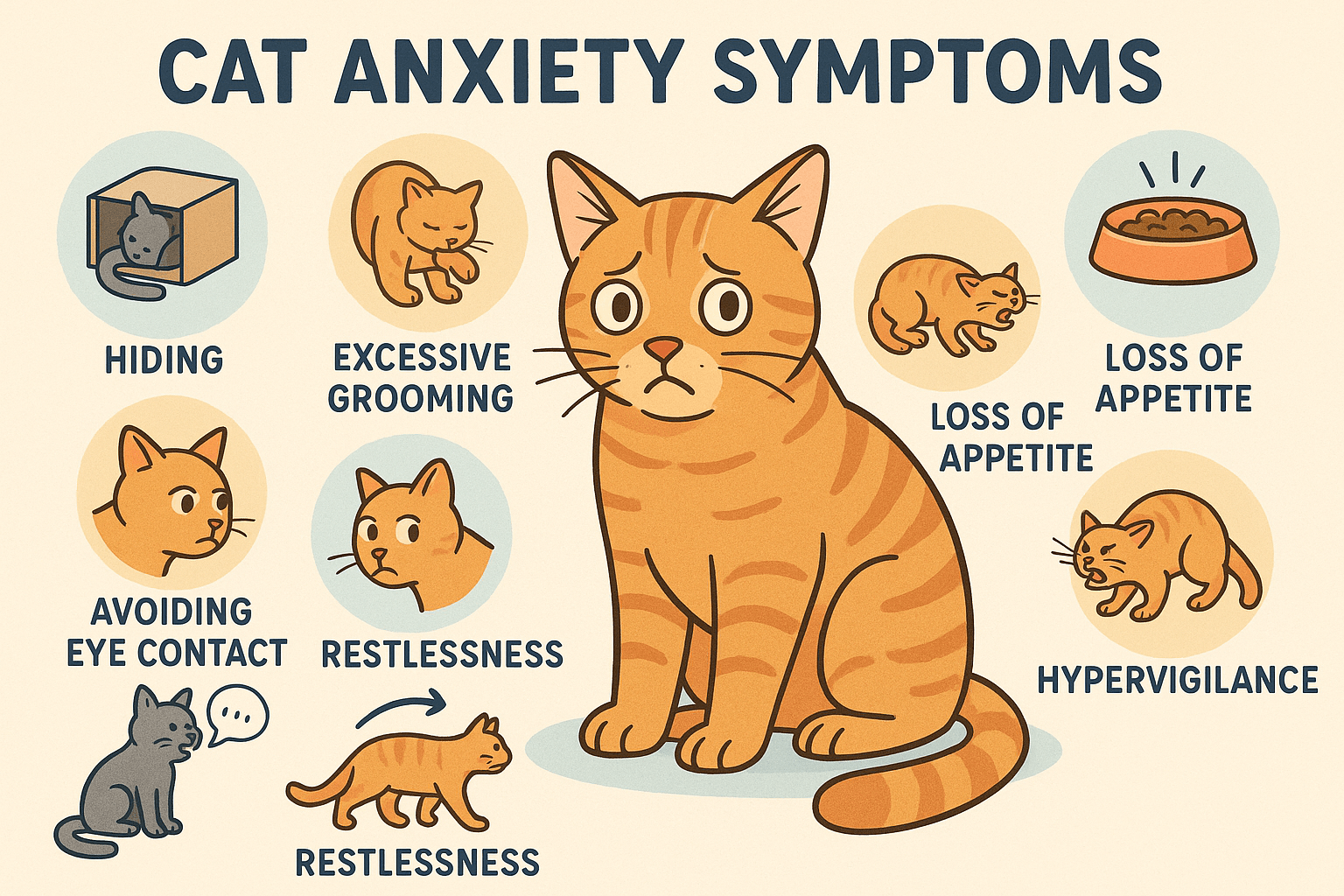Understanding Dog Scab: A Guide for Pet Owners
As a loving pet owner, few things are more distressing than seeing your furry companion uncomfortable or in pain. One common issue that can cause both you and your dog stress is the appearance of scabs on their skin. Dog scabs, while not always serious, can be a sign of underlying health concerns that need attention. Whether caused by allergies, parasites, or infections, understanding what scabs are, how they form, and what you can do about them is crucial for ensuring your dog’s well-being. In this blog post, we’ll delve into the causes, symptoms, and treatments for dog scabs, offering practical advice to help you care for your four-legged friend.
Common Causes of Dog Scabs: What You Need to Know
Scabs on dogs can arise from a variety of factors, each requiring a different approach to treatment. Below, we’ve outlined some of the most common causes:
- Allergies : Dogs can develop skin irritation due to environmental allergens like pollen, dust mites, or food ingredients.
- Fleas and Ticks : These pesky parasites can bite your dog, causing itching and subsequent scratching that leads to scab formation.
- Bacterial or Fungal Infections : Skin infections often result in redness, inflammation, and scabbing as the body tries to heal itself.
- Dry Skin : Just like humans, dogs can suffer from dry, flaky skin, which may crack and form scabs.
- Trauma or Injury : Cuts, scrapes, or bites can lead to scabbing as part of the natural healing process.
Understanding the root cause of your dog’s scabs is essential for effective treatment. By identifying the trigger, you can take steps to alleviate discomfort and prevent future occurrences.
Symptoms to Watch For: Is Your Dog Suffering?
While scabs themselves are visible signs of an issue, other symptoms may accompany them, indicating a more serious problem. Here’s what to look out for:
- Excessive Scratching or Licking : If your dog is obsessively scratching or licking a particular area, it could signal irritation or an underlying condition.
- Hair Loss : Bald patches around scabs might suggest a severe reaction or infection.
- Redness and Swelling : Inflamed skin around scabs is a clear sign of irritation or infection.
- Odor : A foul smell emanating from the affected area could indicate a bacterial infection.
- Behavioral Changes : Dogs in pain or discomfort may become lethargic, irritable, or less social.
If you notice any of these symptoms alongside scabs, it’s important to consult a veterinarian promptly. Early intervention can prevent minor issues from escalating into more serious health problems.
Expert Opinion: The Importance of Early Intervention
“Scabs on a dog’s skin are often more than just a cosmetic issue—they can be an early warning sign of underlying health problems,” says Dr. Emily Carter, a board-certified veterinarian with over 15 years of experience. “Addressing these symptoms promptly not only alleviates discomfort but also prevents potential complications, ensuring your pet maintains optimal health and well-being.”
Check this guide 👉 5 Best Dog Lotions for Dry Skin to Restore Softness Instantly!
Check this guide 👉 Understanding Rash on Dog Belly: Best 7 Expert Tips!
Signs of Healthy Skin | Signs of Unhealthy Skin |
|---|---|
Smooth, shiny coat | Dull, patchy fur |
No visible scabs or sores | Frequent scabbing or open wounds |
Minimal shedding | Excessive shedding |
No strong odors | Persistent bad smell |
Regular scratching (normal grooming) | Constant scratching or biting |

Treatment Options for Dog Scabs: How to Help Your Pet
Once you’ve identified the cause of your dog’s scabs, the next step is treatment. Depending on the severity and underlying issue, several options are available:
- Medicated Shampoos : Specialized shampoos can soothe irritated skin and reduce itching.
- Topical Ointments : Antibacterial or antifungal creams may be prescribed to treat infections.
- Dietary Adjustments : Switching to hypoallergenic or high-quality food can address food-related allergies.
- Parasite Control : Regular use of flea and tick prevention products can stop infestations before they start.
- Veterinary Consultation : In severe cases, professional diagnosis and treatment are necessary.
The key to successful treatment is consistency and patience. With the right care, your dog’s skin can heal, and they can return to their happy, playful self.
Preventive Measures: Keeping Your Dog’s Skin Healthy
Prevention is always better than cure when it comes to your dog’s skin health. Here are some proactive steps you can take:
- Regular Grooming : Brushing your dog’s coat helps remove dirt and distribute natural oils, keeping their skin healthy.
- Balanced Diet : Ensure your dog receives all the essential nutrients needed for optimal skin and coat health.
- Hydration : Provide fresh water daily to keep your dog hydrated and support skin elasticity.
- Environmental Control : Minimize exposure to allergens by washing bedding frequently and using air purifiers.
- Routine Check-Ups : Regular vet visits can catch potential issues early, preventing them from worsening.
By incorporating these practices into your routine, you can significantly reduce the risk of scabs and other skin problems.
Natural Ways to Support Your Dog’s Healing Process
While professional veterinary care is essential for serious cases, there are some gentle home remedies that can complement treatment and provide relief for minor scabs. These remedies focus on soothing irritation and promoting healing.
- Coconut Oil : Applying a small amount of organic coconut oil to the affected area can moisturize the skin and reduce inflammation.
- Oatmeal Baths : An oatmeal-based soak can calm itchy skin and provide temporary relief from discomfort.
- Aloe Vera Gel : Pure aloe vera gel has natural anti-inflammatory properties and can help heal minor wounds.
- Apple Cider Vinegar Spray : Diluted apple cider vinegar can act as a natural antiseptic when sprayed lightly on scabs.
- Chamomile Tea Compress : A cooled chamomile tea compress can soothe irritated skin and reduce redness.
While these remedies can be helpful for mild cases, they should not replace professional advice. Always monitor your dog’s condition and consult a vet if symptoms worsen or persist.
Recognizing the Signs That Warrant Professional Care
Knowing when to seek veterinary assistance is crucial for ensuring your dog receives the care they need. Some situations require immediate attention to prevent complications or long-term health issues.
- Persistent Scabs : If scabs do not heal within a few weeks despite treatment, it may indicate an underlying condition.
- Severe Itching : Intense scratching or biting that leads to bleeding or open wounds requires prompt evaluation.
- Widespread Rash : A rash covering large areas of your dog’s body could signal an allergic reaction or infection.
- Lethargy or Loss of Appetite : These signs may suggest your dog is experiencing systemic illness related to their skin condition.
- Unusual Behavior : Changes in behavior, such as aggression or withdrawal, can indicate significant discomfort or pain.
If you notice any of these signs, don’t delay—contact your veterinarian right away. Early intervention can make all the difference in your dog’s recovery.
How Skin Issues Affect Your Dog’s Well-Being
Skin problems like scabs don’t just affect your dog physically—they can also have emotional and behavioral consequences. Chronic discomfort can lead to stress, anxiety, and changes in your dog’s personality.
- Increased Aggression : Pain or irritation may cause even the friendliest dogs to become snappy or defensive.
- Withdrawal from Interaction : Dogs in discomfort may avoid playtime or socializing with family members.
- Sleep Disturbances : Persistent itching can disrupt your dog’s sleep, leaving them tired and irritable.
- Reduced Confidence : Dogs with visible skin issues may feel vulnerable, leading to timid or fearful behavior.
- Bonding Challenges : Skin problems can strain the bond between you and your pet if they associate touch with pain.
Addressing scabs promptly not only improves your dog’s physical health but also restores their emotional balance. A happy, healthy dog is one that feels comfortable and secure in their environment.
Frequently Asked Questions About Dog Scabs
Are dog scabs always a cause for concern?
Not necessarily. Minor scabs from injuries or occasional scratching may heal on their own. However, persistent or widespread scabs warrant veterinary attention.
Can I use human medications on my dog’s scabs?
No, human medications can be toxic to dogs. Always consult your vet before applying any treatment.
How long does it take for dog scabs to heal?
Healing time depends on the cause and severity but typically ranges from a few days to several weeks with proper care.
Should I bathe my dog if they have scabs?
Yes, but use a gentle, vet-recommended shampoo to avoid further irritation.
Can stress cause scabs in dogs?
Stress can exacerbate existing skin conditions, leading to increased scratching and scab formation.
Final Thoughts: Prioritizing Your Dog’s Skin Health
Caring for your dog’s skin is an integral part of being a responsible pet owner. While scabs may seem like a minor issue, they can sometimes indicate deeper health concerns that require attention. By staying vigilant, addressing symptoms early, and maintaining a proactive approach to your dog’s overall well-being, you can ensure they live a happy, healthy life. Remember, your dog relies on you to advocate for their health—so don’t hesitate to seek professional advice when needed. Together, we can keep our furry friends comfortable, confident, and scab-free!
High Liver Enzymes in Cats: Best 7 Expert Tips! Discover causes, symptoms, and treatment options for elevated liver enzymes in cats. Learn how to support your cat’s liver health effectively.
Bengal Cat Health Problems: Best 7 Expert Tips! Discover expert advice on common Bengal cat health issues, preventive care, and tips to keep your feline friend healthy and happy for years to come.
X-Ray vs CT Scan for Cats: Best 7 Expert Tips! Discover key differences, benefits, and expert advice on choosing the right imaging method for your cat’s health needs.
Cat Anxiety Symptoms: Best 7 Expert Tips! Discover signs of feline stress, effective calming strategies, and expert advice to help your cat feel safe, happy, and relaxed at home.





